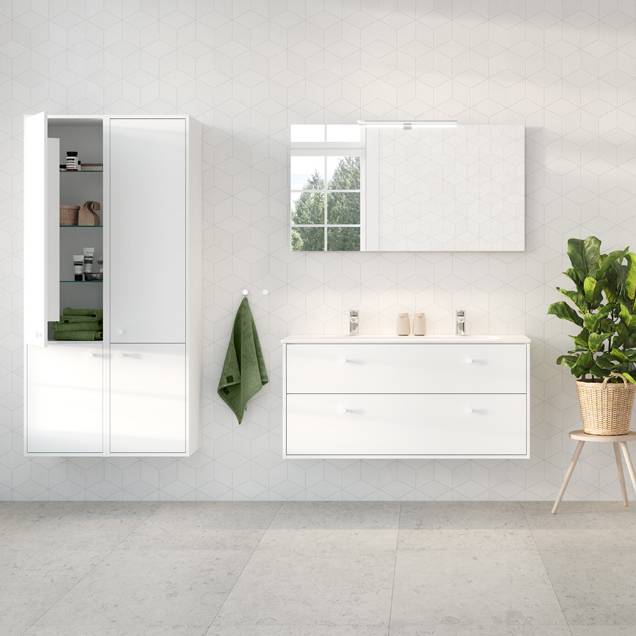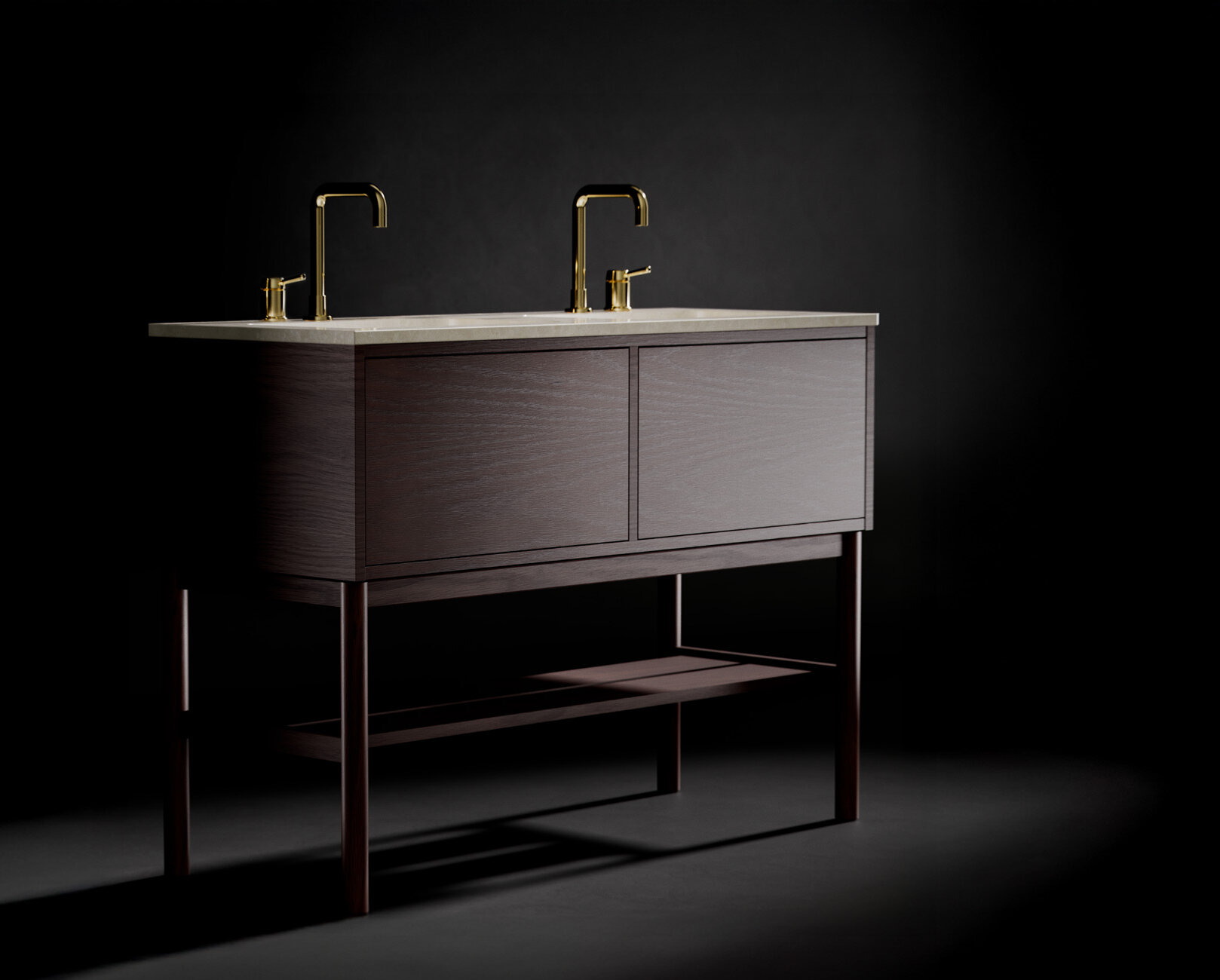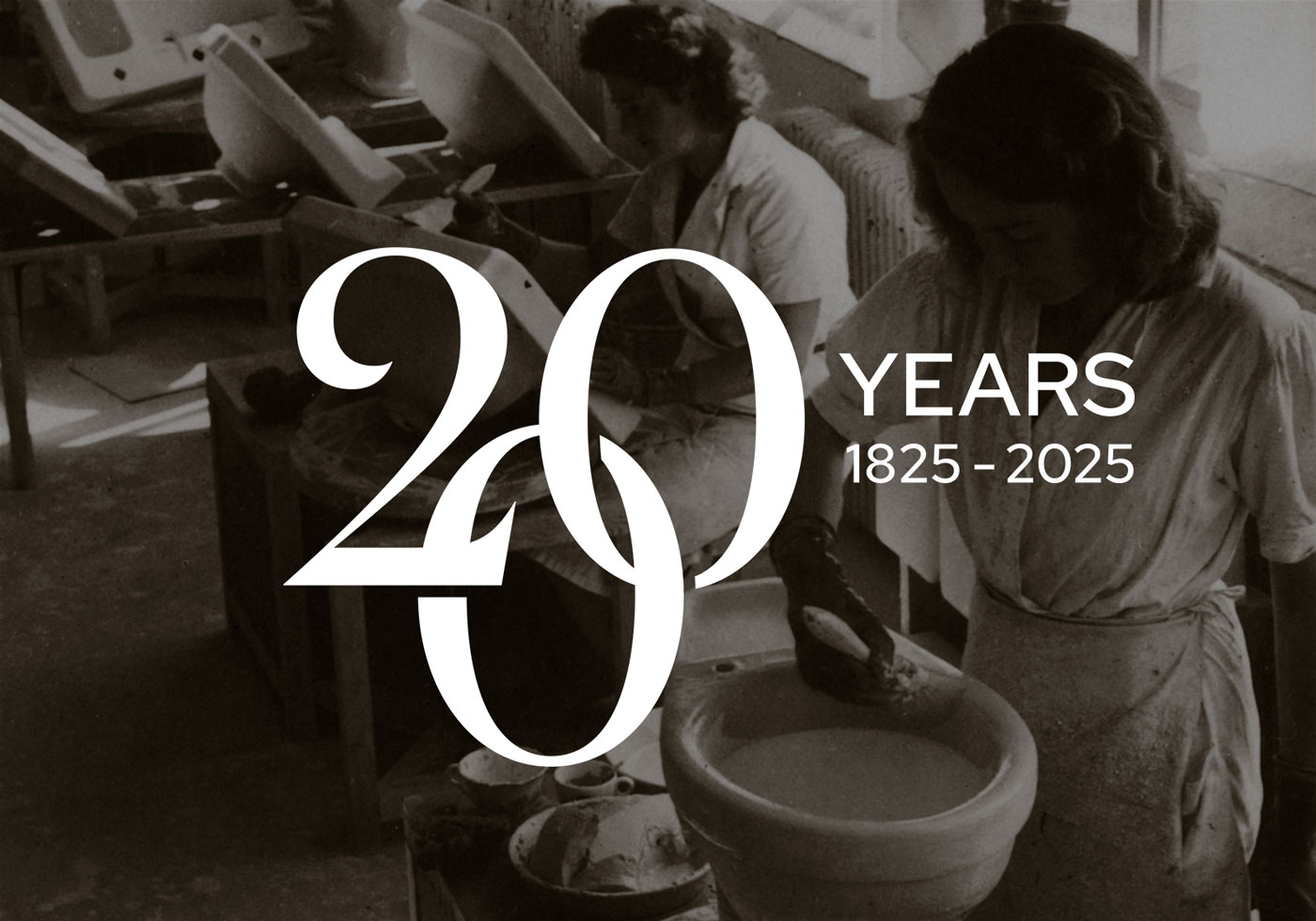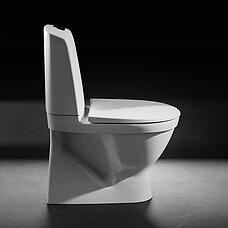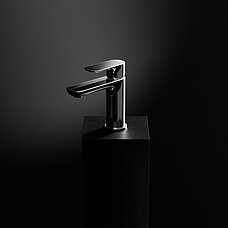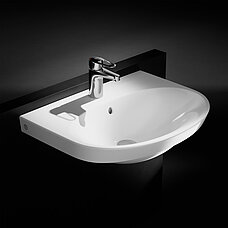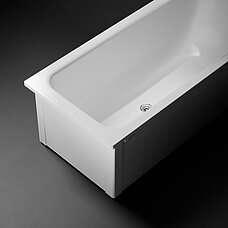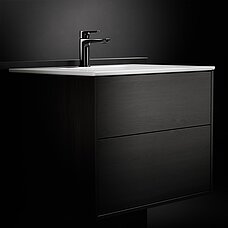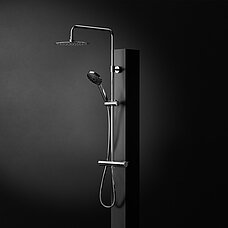
History. Brand new.
In Ducentic, modern traditional minimalism meets timeless elegance. An anniversary collection inspired by our history, crafted for the bathrooms of the future. Experience a future design classic.

In praise of extended sitting
There are all kinds of things to think about when choosing a toilet. First and foremost, how does it feel to sit on it? But there are other aspects to consider as well. Should the lid be able to close softly and quietly? And, of course, it must be easy to keep clean. We’ve thought about all these points, so that you can simply settle down on one of our porcelain WCs and relax.
Many people claim that beauty is in the eye of the beholder. But we believe that true beauty is universal. Because when form meets function, we create products that are truly beautiful. Not just to the eye, but to all your senses and your entire body.


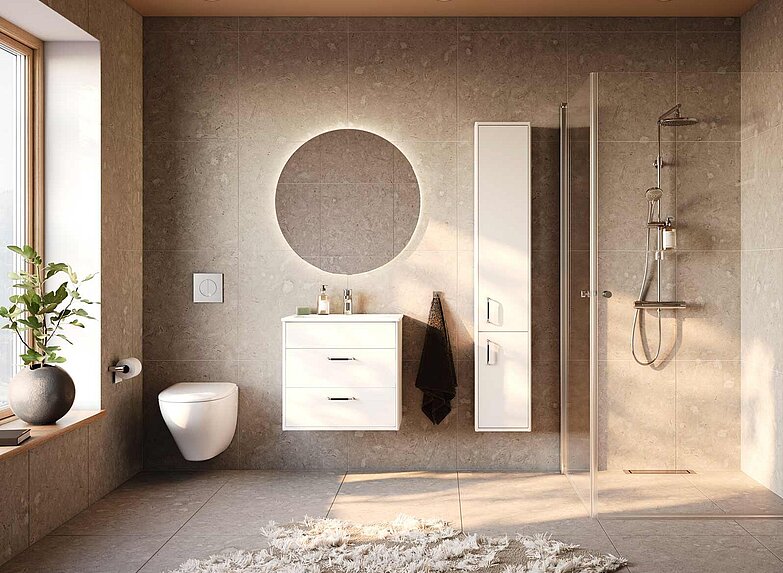
![[Translate to English:] Mattias Virsgård in a black shirt holding a mixer, standing against a plain dark background, smiling at the camera.](/fileadmin/_processed_/c/4/csm_Mattias_Virsg%C3%A5rd_-_h%C3%A5llbarhet_ac973f3b12.jpg)
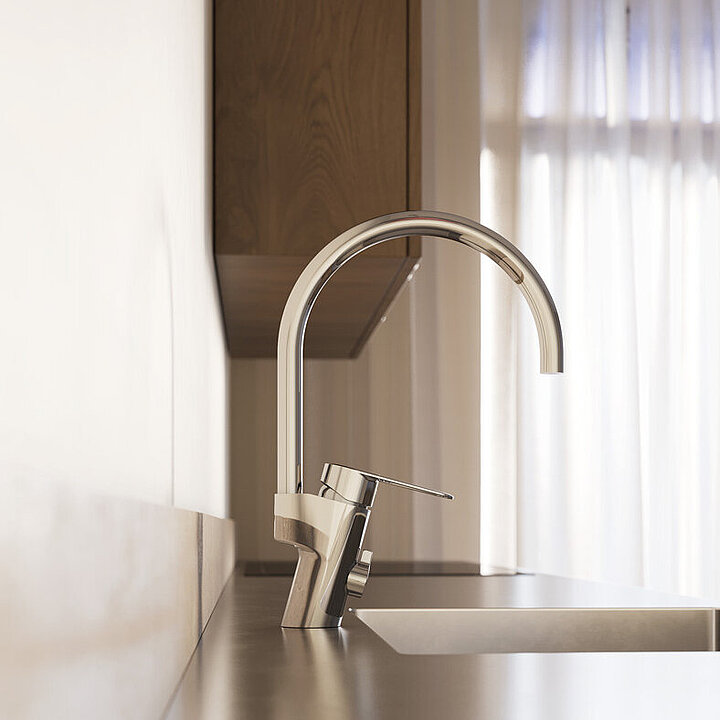
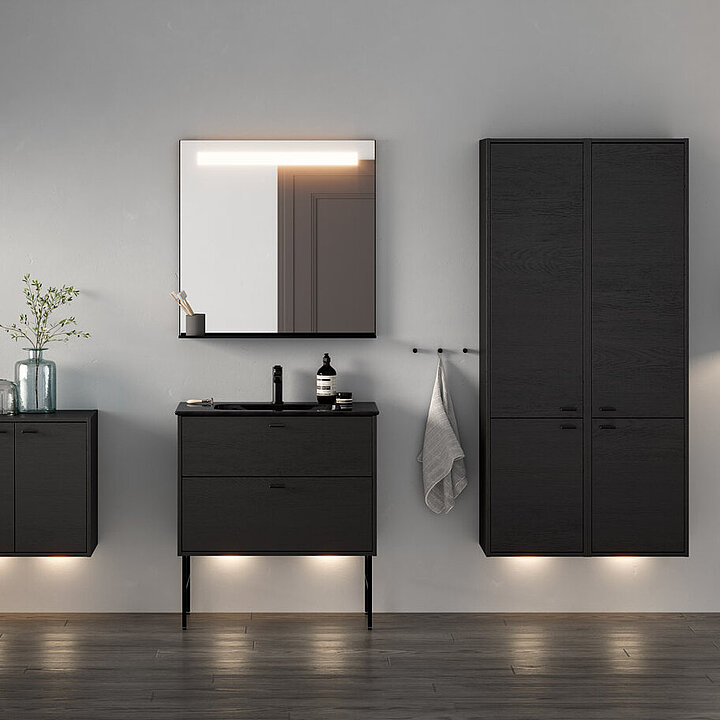
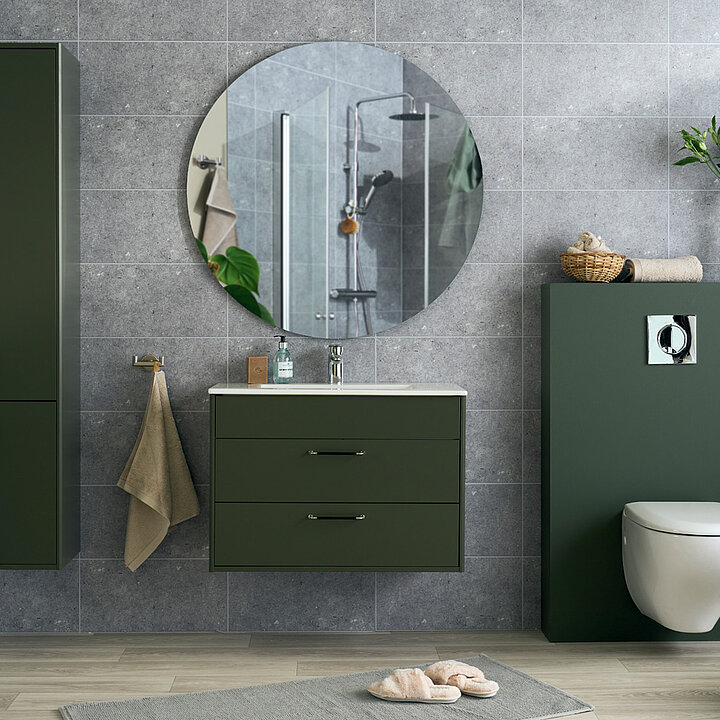
More bathroom inspiration can be found
in our online magazine INSPIREDBY
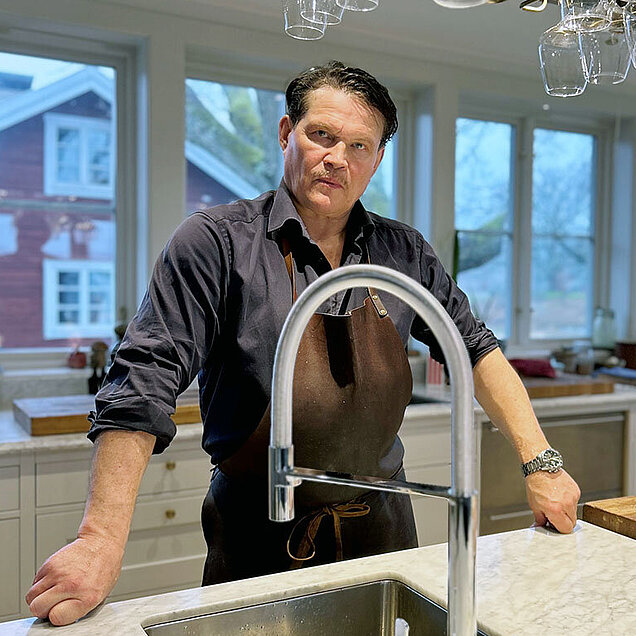
![[Translate to English:] Chrome washbasin mixer, set on a black pedestal.](/fileadmin/_processed_/a/d/csm_Mixer-washbasin-Estetic_ca2b7e86c7.jpg)
